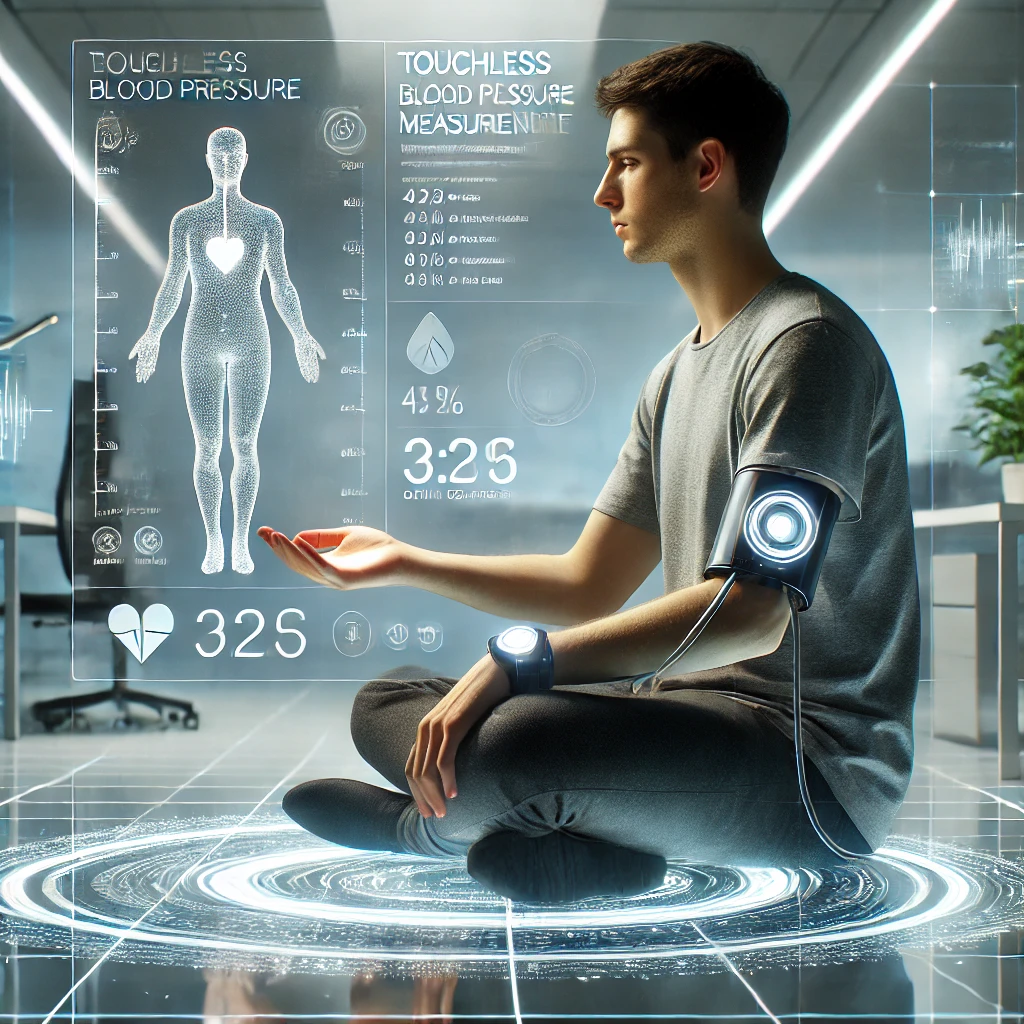When patients log in to a telehealth portal, healthcare providers are often limited to asking questions to gather information. However, a new artificial intelligence (AI) technology could change that by allowing providers to assess a patient’s blood pressure and diabetes risk through a simple video call or smartphone app.
Researchers from the University of Tokyo in Japan have developed an AI-driven system that uses video data to determine whether individuals might have high blood pressure or diabetes. This innovative technology is based on photoplethysmography (PPG), a technique that measures changes in blood volume by detecting how much light is absorbed by blood beneath the skin.
PPG is already used in devices like finger pulse oximeters to monitor oxygen levels and heart rate, as well as wearable technologies such as Apple Watches and Fitbits to track heart rate and detect atrial fibrillation. The Tokyo researchers have advanced this technology by creating a remote or contactless PPG system. It involves recording a short video of a person’s face and palms while they remain still. A specialized sensor captures the video, detecting specific wavelengths of light. An AI algorithm then analyzes subtle changes in the skin, such as pulse transit time, which is the time it takes for a pulse to travel from the palm to the face.
To validate their system, the researchers measured participants’ blood pressure with a continuous sphygmomanometer (an automatic blood pressure cuff) while simultaneously recording video data. They also conducted A1c blood tests to detect diabetes. The AI algorithm proved to be 86% accurate in identifying high blood pressure from a 30-second video and 81% accurate from just a 5-second video. When assessing diabetes risk by comparing video results with A1c tests, the algorithm achieved 75% accuracy in detecting subtle blood changes linked to diabetes.
Despite its promise, the technology still has limitations. The specialized sensor used in the study is not yet integrated into standard smartphone cameras or widely available video devices. However, the researchers are optimistic about the potential for mass production and cost-effective integration in the future. Additionally, the study was conducted exclusively on a Japanese population, and lighter skin tones may yield more accurate results due to the technology’s reliance on detecting blood flow changes. Similar issues have been observed with pulse oximeters, which can overestimate oxygen levels in individuals with darker skin tones.
While there are challenges to overcome, this AI-driven approach could significantly enhance remote healthcare, providing more comprehensive feedback during telehealth visits.




